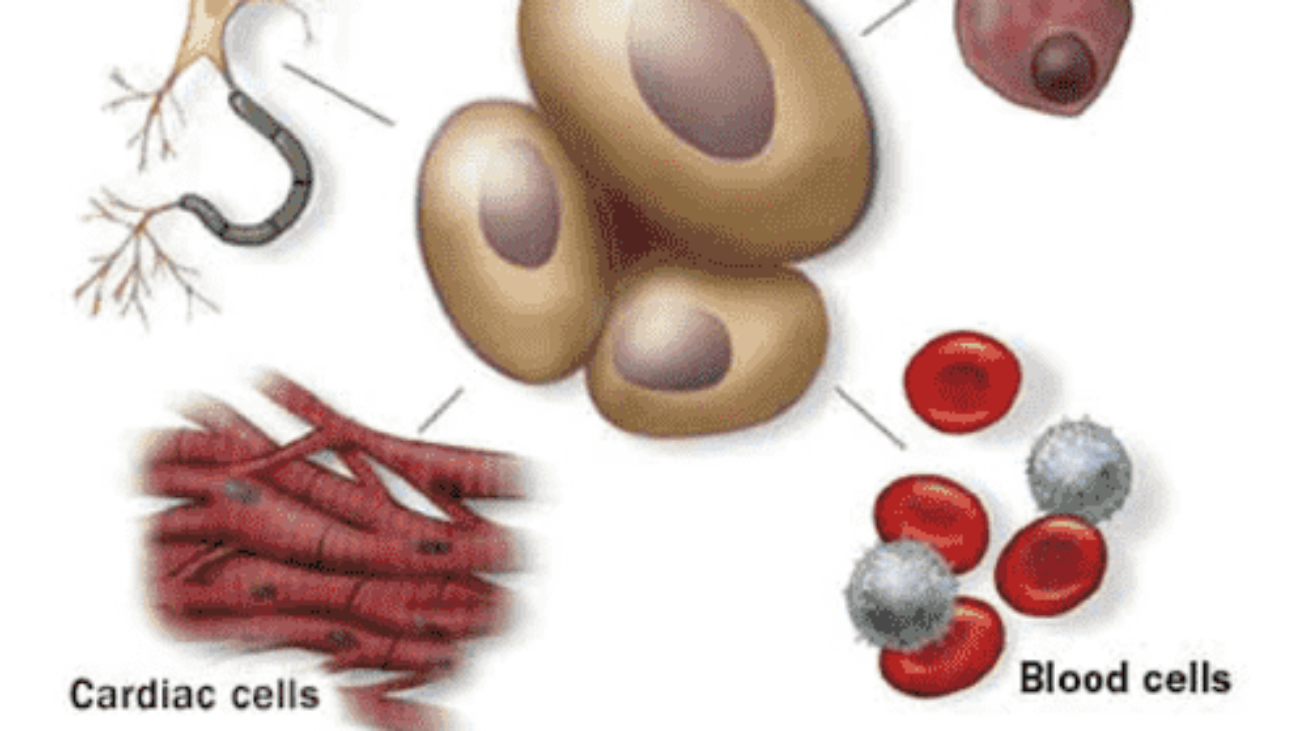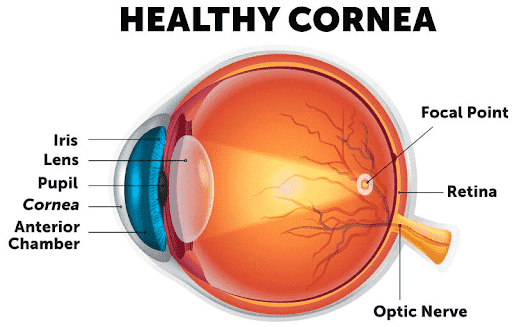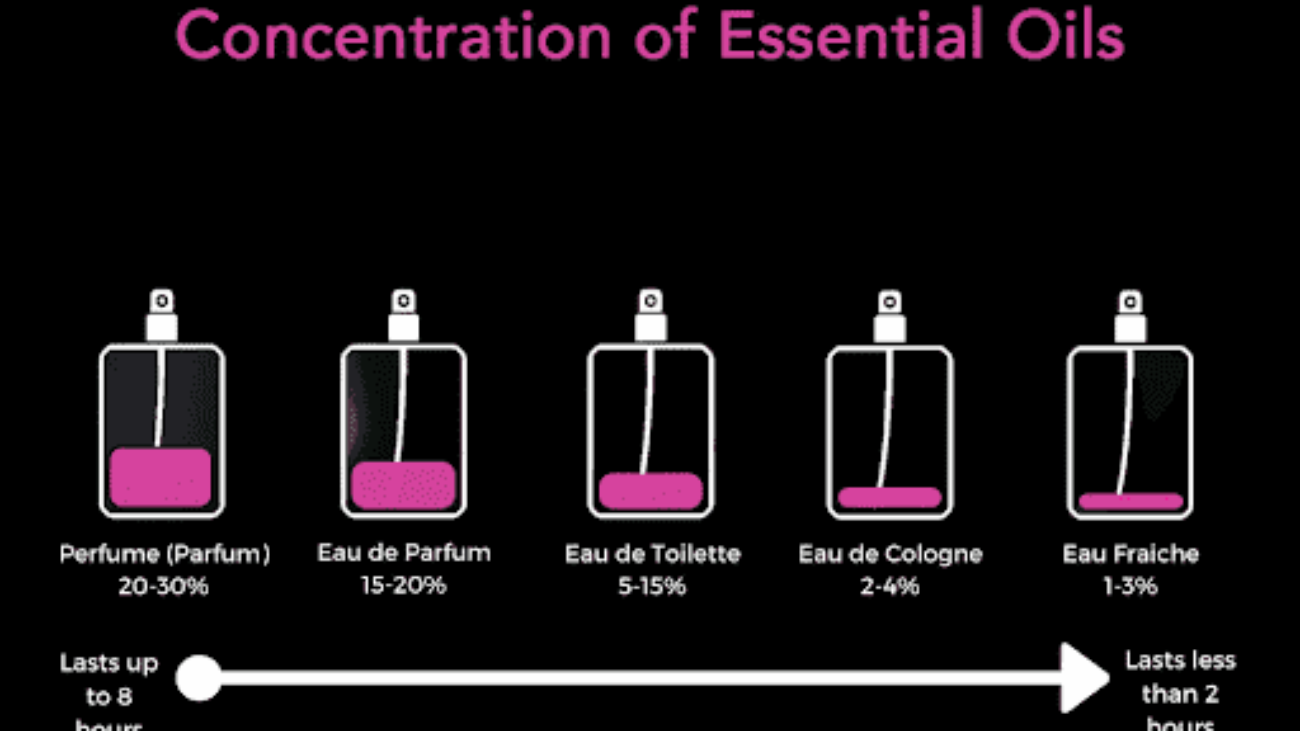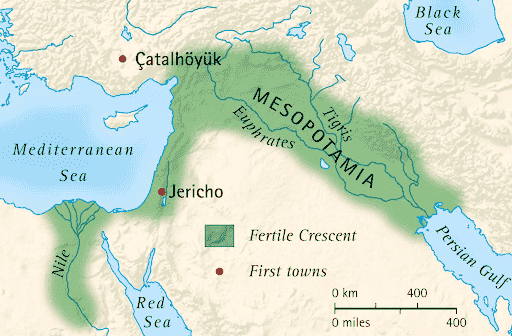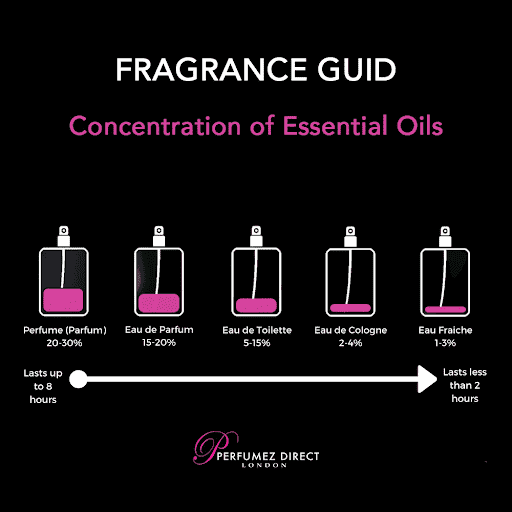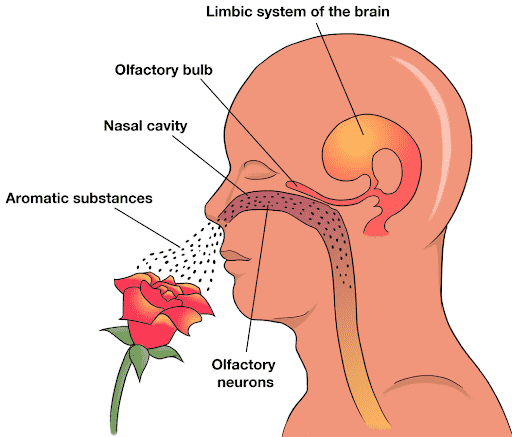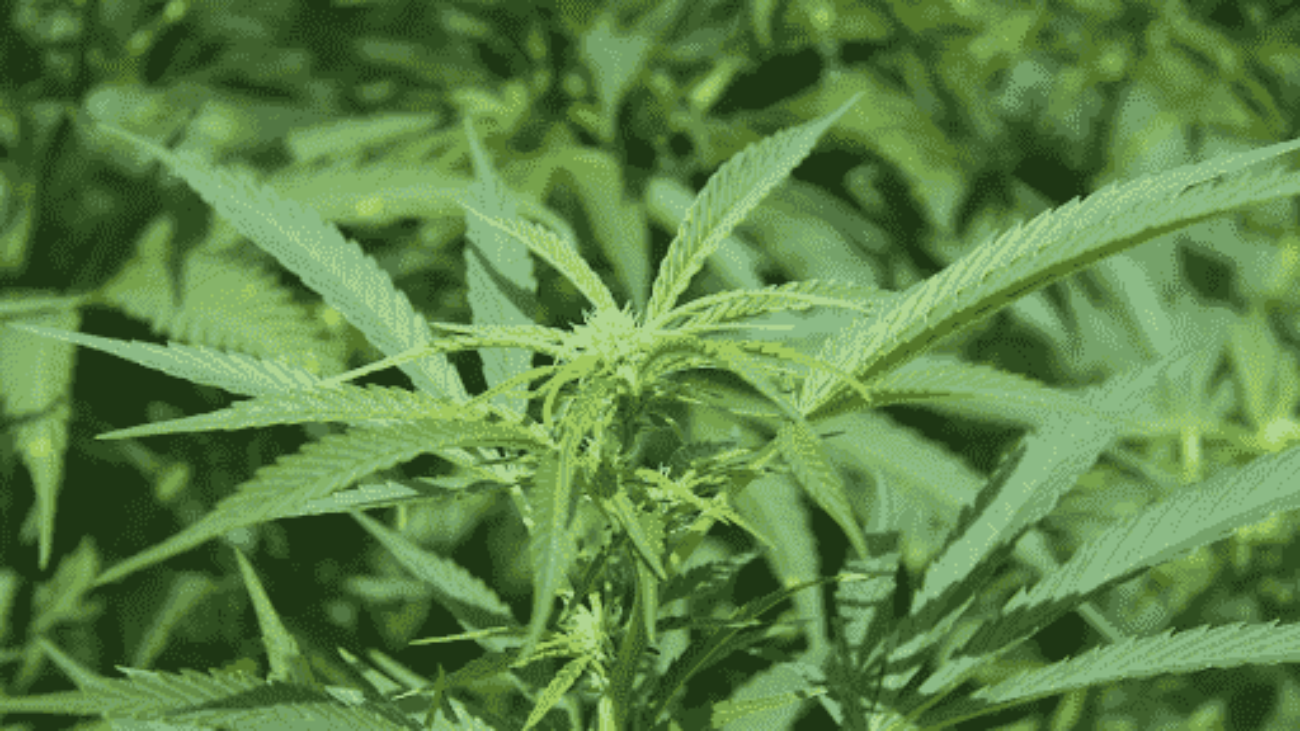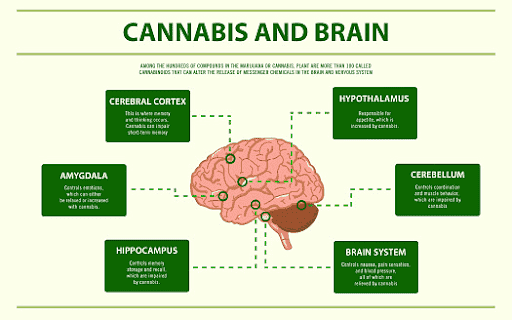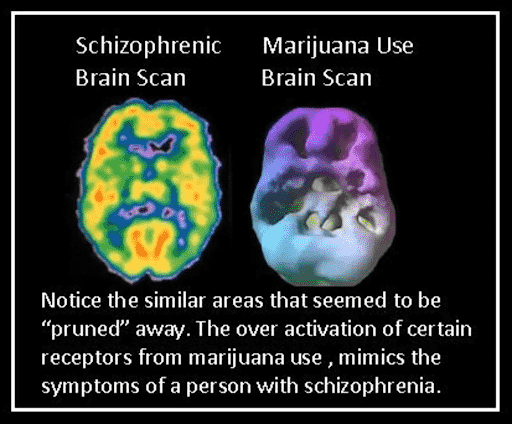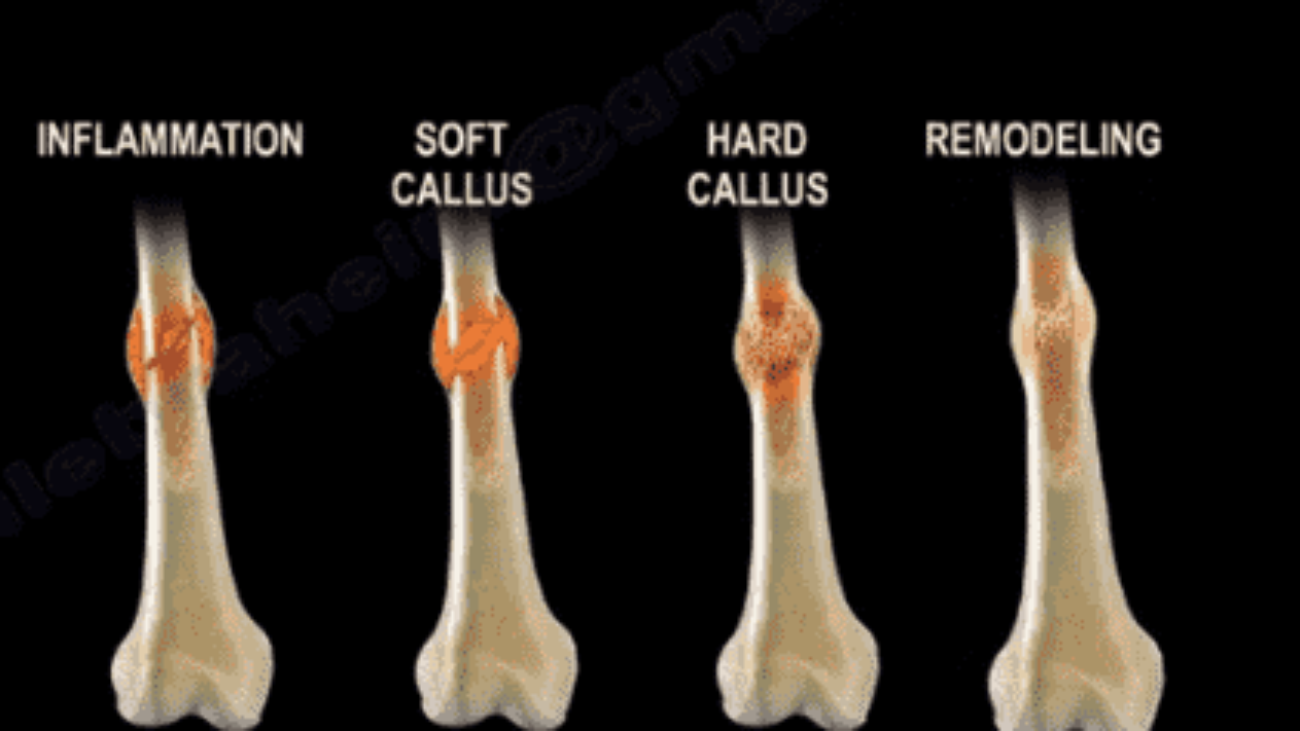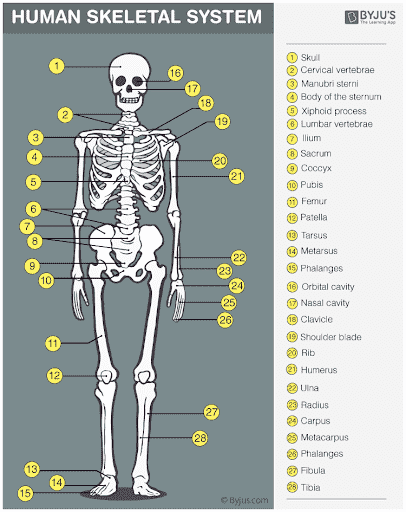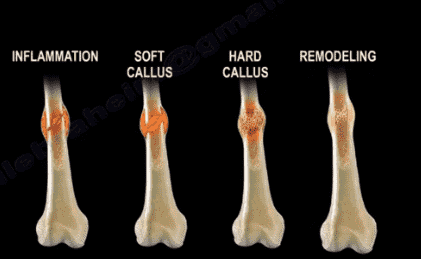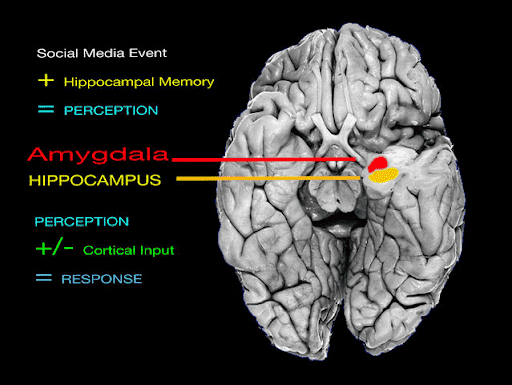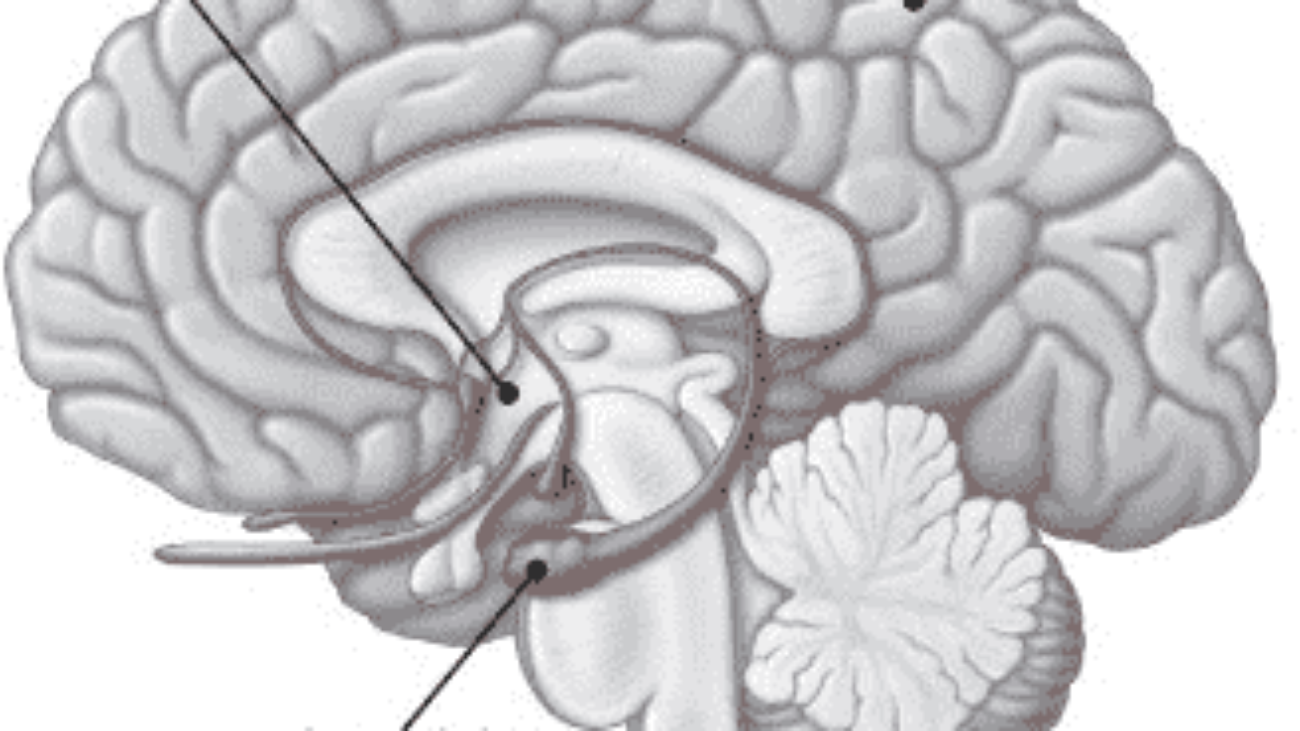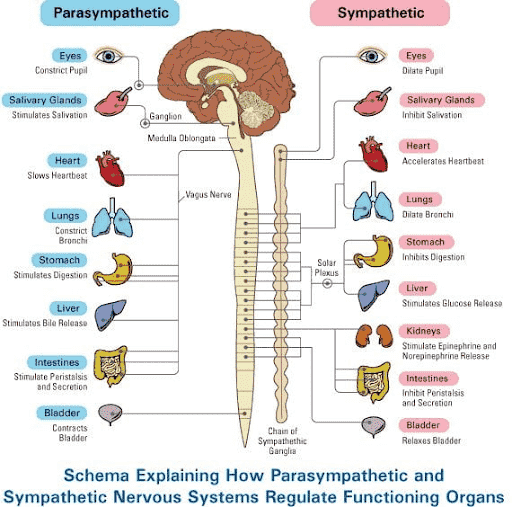
What are stem cells? Maybe you’ve heard about them in science class, on the news, or in one of your favorite podcasts. In today’s world of medicine, stem cells can be considered revolutionary. They hold the power to make incredible advancements in medicine which could potentially change the way we fight and treat many diseases. In this article, we will cover the properties of stem cells, their current uses, and how they may further help in the near future.
An Overview:
Stem cells can be considered like clay; they can be molded, crafted, and shaped into anything. These cells can turn into specialized cells, which have their own unique function. Stem cells exist in all of our bodies and are found in a variety of tissues and organs such as the brain, pancreas, bones, skin, and heart.
There are multiple types of stem cells, two of which are currently being explored further.
Adult Stem Cells:
All around the body, we have a variety of stem cells. Some of these cells, such as stem cells found in the skin, are always active, whereas others lay dormant until needed. (ex, stem cells in the liver) One important note is that adult stem cells cannot freely turn into any type of specialized cell. They only turn into specialized cells that are in the surrounding area. For example, a stem cell in the heart could turn into a variety of cardiac cells, but would not have the capability to turn into a nerve cell in the brain. This trait of adult stem cells is something we call “multipotent”.
Embryonic Stem Cells:
Embryonic stem cells are much different than adult stem cells. They are found in a developing human embryo, typically from only the 4th-7th day after fertilization. These cells are considered pluripotent, meaning they can transform into any type of specialized cell.

Current Uses of Stem Cells:
Though stem cell treatment and therapy are both very new concepts, doctors and researchers have already developed some relatively safe uses for adult stem cells. For example, cancer patients who may have had red blood cells destroyed in treatment may be eligible for a “stem cell transplant” or “bone marrow transplant”. During this process, stem cells from a donor (Allogeneic Stem Cell Transplant) are introduced into the patient. The goal is that the patient’s body accepts the cells as its own, and in turn, can create new red blood cells. Stem cells can also come from the patient. Doctors may extract stem cells from the patient, store them, then reintroduce them at a later point. (Autologous Stem Cell Transplant) These types of transplants have also been proven to fight off certain blood-borne diseases. Currently, the use of stem cells in people is still quite limited. Doctors are still working towards using embryonic stem cells as they are more complex and harder to work with.
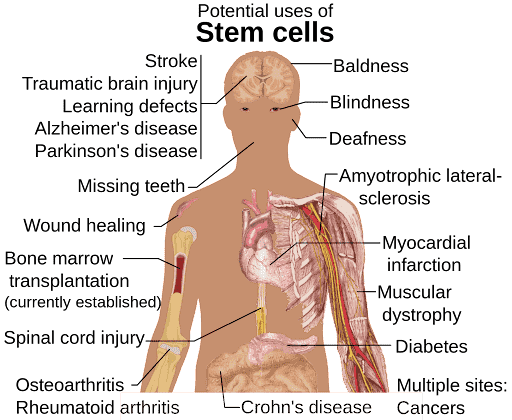
Further Research/Investigation:
Ongoing research is being conducted on the potential uses of stem cells. Researchers have worked with embryonic stem cells that will develop into a specialized cell of their choice. This could potentially be useful in testing drugs that target certain types of cells. On top of this, researchers are working to use embryonic cells with repairs involving tissue, organs, and even the spinal cord.
Conclusion:
Stem cells are still a big question mark in terms of their uses. Doctors and researchers continue to explore potential benefits. Through research, stem cells may have the potential to reshape the medical landscape, and change the way we treat diseases in the future.
Sources:
https://www.mayoclinic.org/tests-procedures/bone-marrow-transplant/in-depth/stem-cells/art-20048117
https://stemcell.nd.edu/research/alternative-stem-cell-sources/adult-stem-cells/#:~:text=Unlike%20embryonic%20stem%20cells%2C%20which,they%20reside%20(called%20multipotent).
https://www.mayoclinic.org/tests-procedures/bone-marrow-transplant/about/pac-20384854
https://www.whatisbiotechnology.org/index.php/science/summary/stem/stem-cells-repair-tissues-and-regenerate-cells
https://www.unmc.edu/stemcells/educational-resources/importance.html

